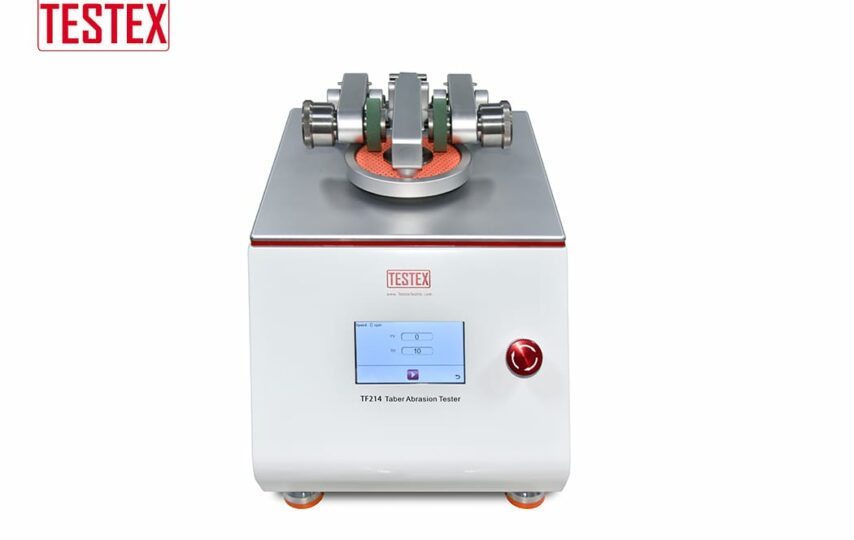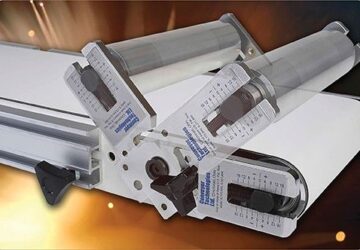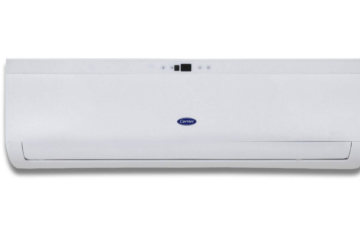As we can see, some new clothes are susceptible to being damaged even though they are just worn several times. However, there are also some garments that remain intact for a long time regardless of the color fading. Obviously, it is the quality that causes the difference. But do you know what kind of fabric performance is connected to this occurrence? In fact, it is referred to as fabric abrasion resistance.
What is fabric abrasion resistance?
Fabric abrasion refers to a phenomenon that the fabric gradually wears out and breaks as a result of frequent friction between the material and other substances. And abrasion resistance can be defined as the ability of textiles to resist abrasion when the fabric is subject to repetitive mechanical friction. Besides, it is of great importance to measure the abrasion resistance. Testing the fabric abrasion resistance can improve the efficiency of textile utilization as it is a key indicator of textile product quality. Before there was an abrasion tester available on the market, most people judged the quality of friction-related products according to their experience. And the abrasion tester can directly quantify this sensation, making it possible to manufacture products in mass production.
What is TabeWear Test?
Taber abrasion test is a test to determine materials’ resistance to abrasion. Resistance to abrasion is defined as the ability of a material to withstand mechanical action such as rubbing, scraping, or erosion. Materials such as metals, composites, ceramics, and thick (weld overlays and thermal spray) coatings can be tested with these methods. The first Taber Abrasion Testing Machine is created by the company Taber and has become one of the most prominent forms of testing the wear resistance of materials. Taber abrasions can be evaluated on many different materials. Taber Tester can be used to evaluate base metals, ceramics, polymers, and fabrics. Taber abrasion tests are often performed on coated materials.
An example is a buried pipe. The coating of the pipe is tested to ensure that it can withstand the wear and tear caused by soil and other ground materials moving around it.
Test Principle of TaberWear Abrasion Tester
The Taber abrasion test specimen is placed on a rotating platform, and the two rolling friction wheels above are subjected to a rotating friction motion with the specimen under a certain load. One friction wheel faces outward and the other friction wheel faces inward, forming a circular wear mark. After a specified number of rubbing cycles, the degree of wear is evaluated by assessing the color loss visually (with a gray card) or by comparing the weight difference of the specimen before and after the test. If you want to know more about the Taber abrasion test, you can contact us via the chat box right down corner.
Common test standards for the abrasion test
There are various methods for testing the abrasion resistance of textile products, such as the flat grinding method, curved grinding method, folded edge grinding method, and compound grinding method. The Martindale method is one of the flat grinding methods and is widely used for abrasion resistance testing of garments, home textiles, decorative fabrics, and furniture fabrics. And the following are common standards applying the Martindale method used in the Taber abrasion test.
Chinese standards
GB/T 21196.2-2007 Textiles-Determination of abrasion resistance of fabrics by the Martindale method Part 2: Determination of specimen breakdown
GB/T 21196.3-2007 Textiles-Determination of abrasion resistance of fabrics by the Martindale method Part 3: Determination of mass loss
GB/T 21196.4-2007 Textiles-Determination of abrasion resistance of fabrics by the Martindale method Part 4: Assessment of appearance change
International standards
ISO12947.2-1998 Textiles-Determination of abrasion resistance of fabrics by the Martindale method Part 2: Determination of specimen breakdown
ISO12947.3-1998 “Determination of abrasion resistance of textiles by Martindale (Martindale) method Part 3: Determination of mass loss
ISO12947-4-1998 Textiles-Determination of abrasion resistance of fabrics by the Martindale method Part 3: Determination of mass loss
American Society for Testing and Materials (ASTM) standards
ASTMD4966-2010 Standard test method for abrasion resistance of textile fabrics(Martindale abrasion tester method)
The main factors affecting the abrasion resistance of fabrics
When fabrics are used on different occasions, they will be certainly subject to different external factors, such as mechanical, physical, chemical, and other effects, which gradually reduce their use value as it is damaged.
1 The properties and geometric shape of the fiber
In the same conditions of spinning, the longer the fiber is, the larger the holding force of the inter-fiber. It is not easy to pull the fiber out from the yarn when under friction, which improves the abrasion resistance of the fabric. The moderate fiber fineness is also conducive to developing the wear resistance, generally kept in 2.78~3.33 dtex.
And generally speaking, flexural abrasion resistance and folding edge abrasion resistance fabric with profiled fiber are generally worse than the fabric with round fiber. The mechanical property of the fiber is also a decisive factor affecting the abrasion resistance of the fabric. The abrasion resistance of the fabric with high fiber elongation at break and elastic recovery rate is generally better.
2 Diverse characteristics of yarns
When the yarn has a higher level twist and the fiber stress is too large, the fiber fragment will be weak in mobility, making the yarn body rigid. Besides, when experiencing friction, it is not easy to compress the contact area, causing the partial pressure to increase. Thus, the yarn suffers from partial pressure prematurely, which is not conducive to the development of the abrasion resistance of the fabric. When the twist is too small and the yarn body is loose, the fibers will be easily drawn out from the yarn, which will also damage the abrasion resistance of the fabric.
3 Fabric geometric structure
Since the fabric is thick, its resistance to flat abrasion will be good. On the contrary, resistance to flexural abrasion and folded edge abrasion will be kept in excellent condition. When the warp and weft density is low, the plain fabric with short floats is more abrasion-resistant. And when the warp and weft density is high, the satin fabric with long floats is more wear-resistant. The weight per square meter of the fabric is the most significant factor in abrasion and resistance. The flat abrasion resistance of the fabric becomes better almost linearly with the increase of the weight per unit area, and there is only a difference in the degree of the abrasion resistance of various fabrics. The fabrics with low density and lots of hair feathers will have great abrasion resistance.
4 Environmental conditions
There are plenty of environmental factors putting a large impact on the abrasion resistance of the fabric, such as the temperature and humidity of the environment, the direction of friction, etc. And the fabric in the use process often is affected by many factors, such as the sun, sweat, detergent, etc. Therefore, the impact brought by the environment on the fabric abrasion resistance is more complex. When performing the test, we should pay attention to the environmental condition.
5 Fabric finishes








